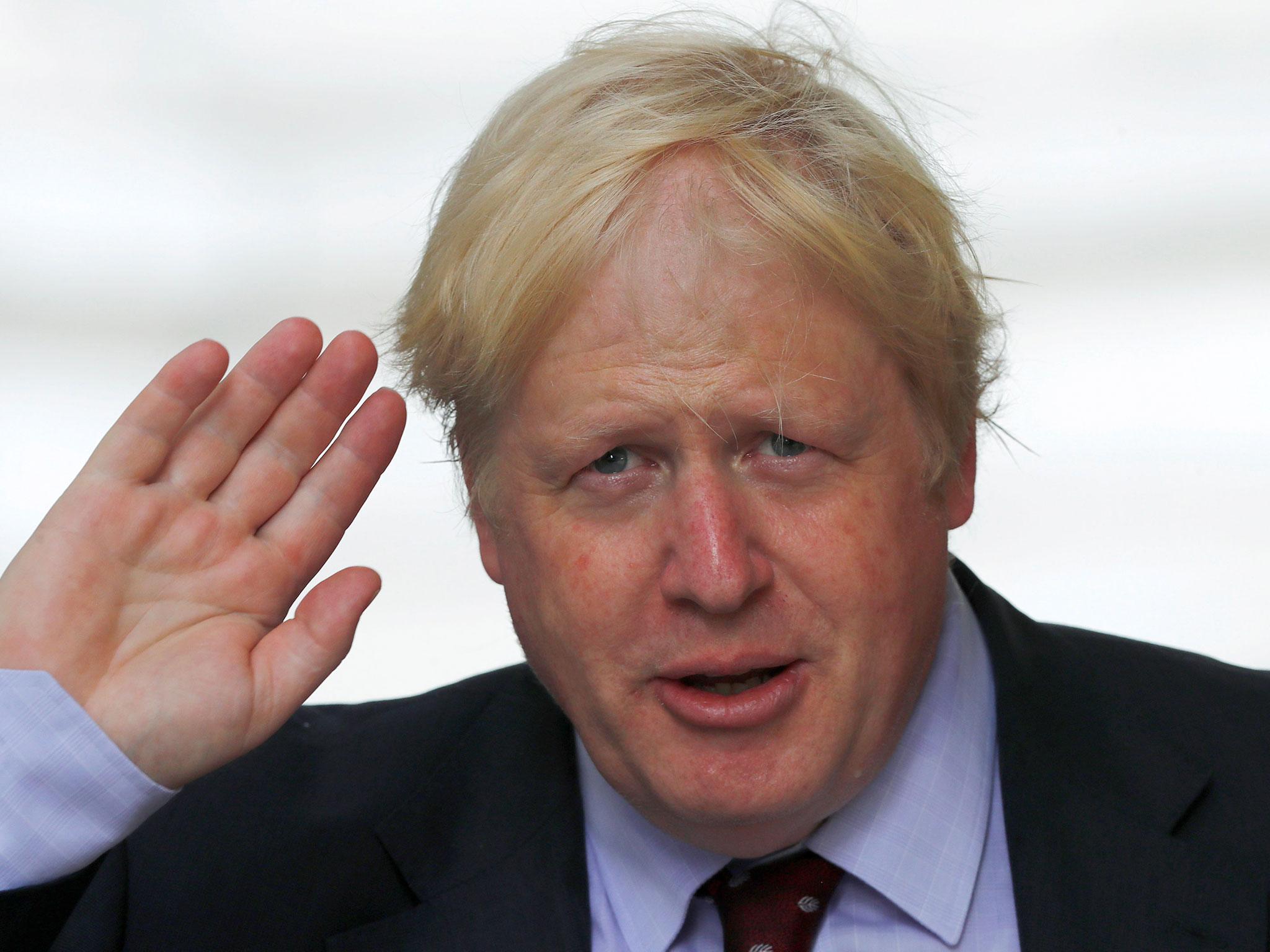Boris Johnson and Iain Duncan Smith could lose seats under new constituency boundary review, analysis suggests
Model suggests several previously safe Tory seats could go to Labour

Boris Johnson and Iain Duncan Smith could lose their seats in the House of Commons after a Westminster boundary review, analysis suggests.
After the 2017 general election resulted in a hung parliament, a review of Parliamentary seats could see the Foreign Secretary lose his seat to Labour in the new constituency of Hillingdon and Uxbridge.
Likewise, the former Work and Pensions Secretary, Iain Duncan Smith, could be ousted by Labour in the new constituency of Chingford and Woodford Green.
The analysis comes from Martin Baxter of the Electoral Calculus website, with calculations based on a combination of the 2017 general election result, local election results up to 2015 and demographic data from the 2011 census.
Both Mr Johnson and Mr Smith led calls for Brexit, helping the Vote Leave campaign to victory in the EU referendum.
Mr Johnson, the former Mayor of London, is also regarded as one of the most popular politicians to succeed Theresa May as Tory leader.
But the analysis suggests he could lose his seat at the election after the boundary review, meaning he could be ousted as leader and Prime Minister by 2022.
It could mean Mr Johnson will join several Conservative MPs pushing for the boundary review to be put on hold or axed entirely.
The model also suggests several previously safe Tory seats could be in jeopardy as the boundary review merges Labour wards into the newly created constituencies.
General Election 2017: Big beasts who lost their seats
Show all 7The changes to the Westminster boundaries were part of the 2017 Conservative Party manifesto, repeating David Cameron's pledge to cut the number of MPs in the Commons from 650 to 600 and make the constituencies more equal in terms of registered voters.
They are due to take place in 2018.
Mr Baxter told HuffPost UK the new boundaries are unlikely to change the result of the recent election, despite initial hopes among Tories they could net them a dozen or more seats.
He said: “Under the new boundaries, the recent election would still have given the country a hung parliament, with the Conservatives three seats short of an overall majority.
“Individual MPs whose seats might change hands as new unfriendly voters are transferred in to them include Nigel Dodds [the leader DUP in Westminster], Tim Farron, Margaret Beckett, Iain Duncan Smith and Boris Johnson.”
“The initial proposals from the Boundary Commissions can still be modified before they are finalised and the entire recommendations need to be accepted by parliament before they come into effect.
"And that is not looking certain at the moment as at least fifty MPs wonder nervously if their seats will disappear.”
Subscribe to Independent Premium to bookmark this article
Want to bookmark your favourite articles and stories to read or reference later? Start your Independent Premium subscription today.

Join our commenting forum
Join thought-provoking conversations, follow other Independent readers and see their replies